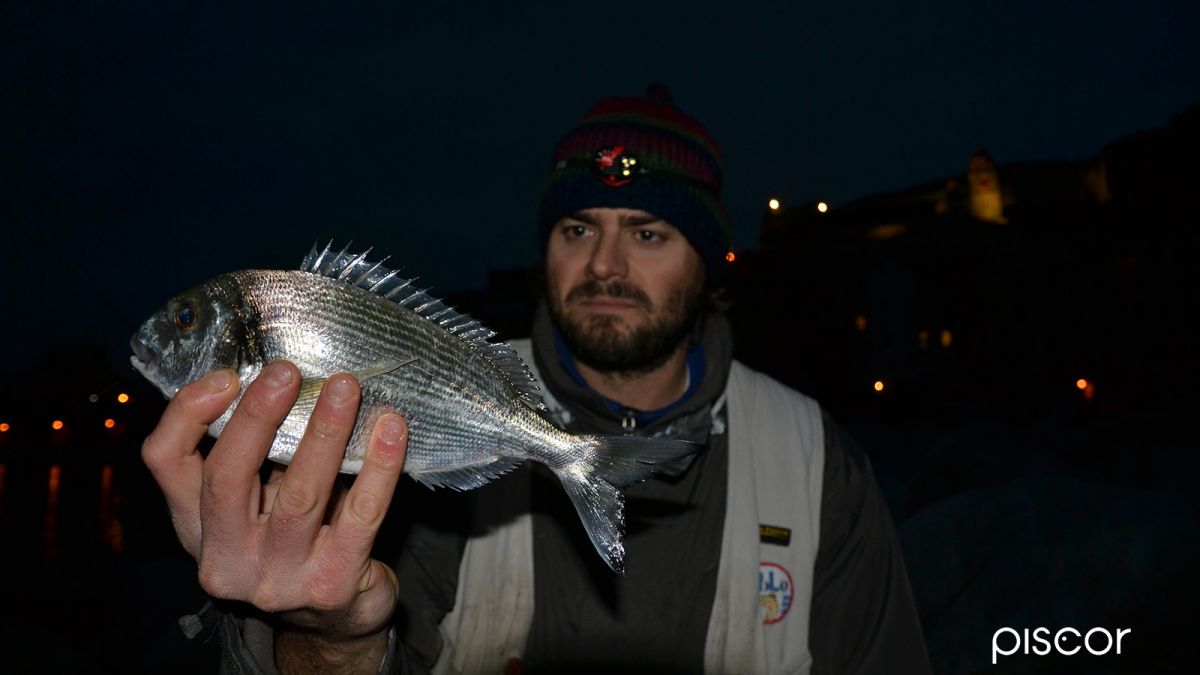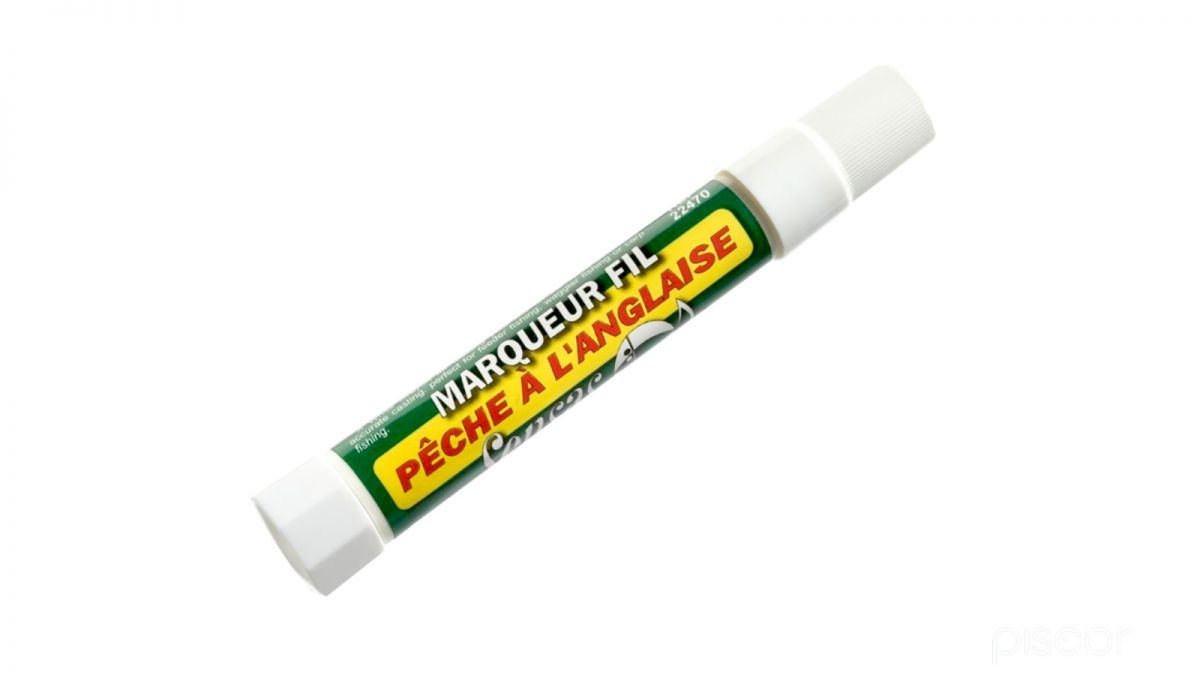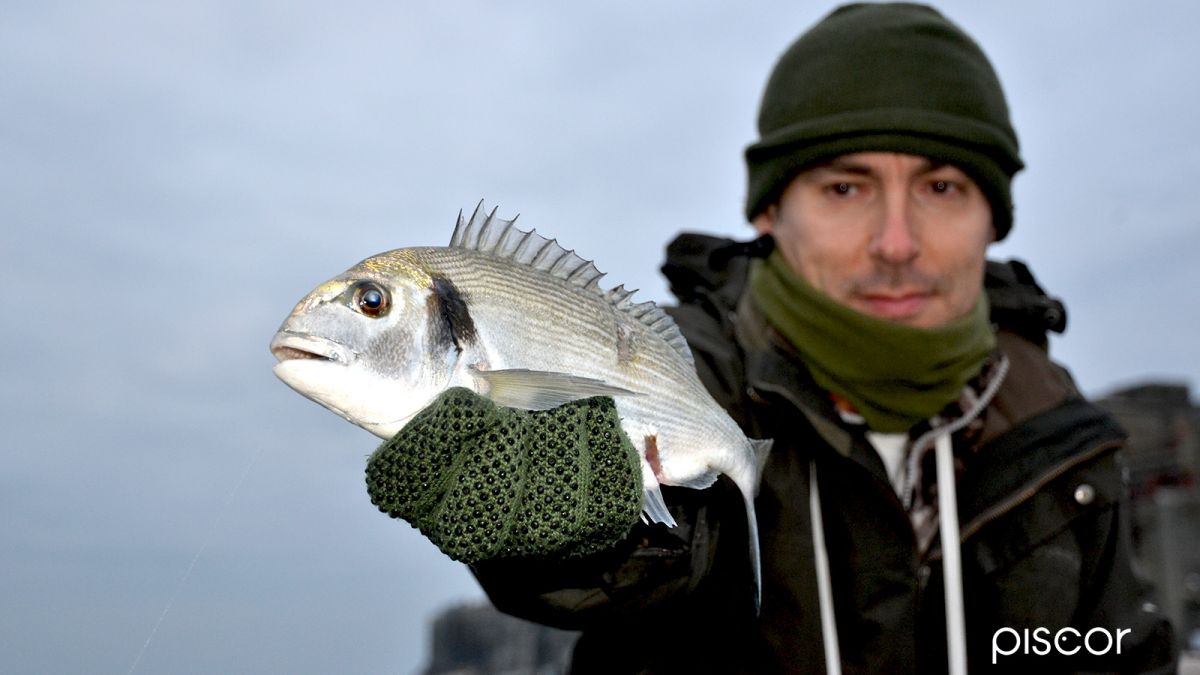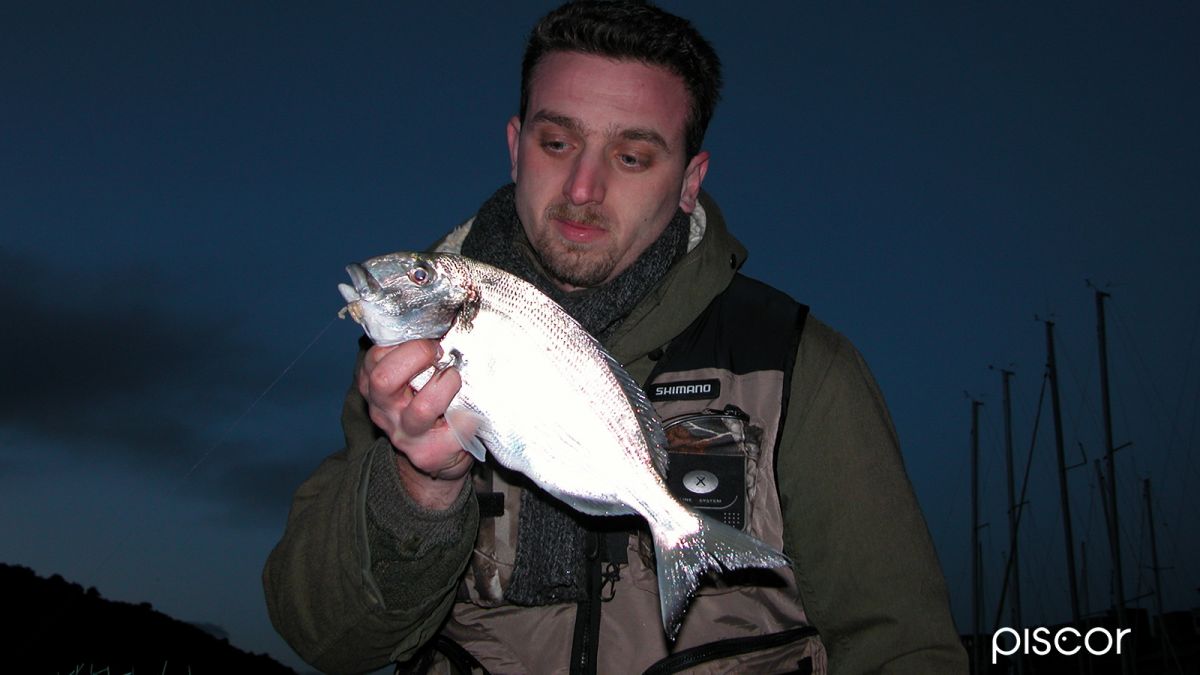Even during the winter months it is possible to go bream fishing, just need to go to the right places. Anglers who like fishing from the ground can practice it successfully for most of the year.
Of course there will be more profitable months than others, there are always some nice fish available to bite. Especially for anglers who are very eclectic. In this article we will talk about winter bream, a fishing made of sacrifice, but even of many catches of size. We will fish using the maggots as groundbait and as baits.
These larvae are very much appreciated by the sparids and, in winter, they do make a strict selection. In fact in that period also the water of the sea is cold.
And if you did not fully enjoy the best months to try to catch big sea bass, let's at least try to fix it with sea bream. A technique for true fans then, made up of early mornings and many sacrifices. A piece dedicated to anglers with a capital "A" and to all those who want to become one.
SPOTS
The perfect spot has to have a good depth, ranging from eight to twenty meters. Furthermore, these sites must also be rich in food so as to guarantee the fish an ideal habitat for overcoming the winter.
FISHING TECHNIQUES
High depths, often characterized by an important current, impose on the angler a dedicated technique.
We will do ledgering fishing with heavy feeders that can reach 100/120 grams of weight by loading them with maggots so as to always ensure a good baiting in the fishing area. Feeder fishing can be decisive in many situations, since the larvae attract on the spot the sparids always looking for food.
THINGS TO KNOW
Feeder fishing is not easy, everything is based on the accuracy of the launch because in some cases baiting is essential. We will therefore have to be able to cast the feeder always in the usual range of action. To do this it is better to take a reference on the opposite bank or a shadow of something that reflects on the surface. About the distance, once it is taken, we will close the bow and bring the ballast to the bottom. When the line is taut, make a mark with a special marker that you can find in the fishing shops so any mistakes will be a minimum.
Choice of the rod
As said above, we will fish in areas with a good depth, therefore subject to current thrusts, even sustained. We will use heavy ballast weights, which will have to be launched with specific rods otherwise we will risk the immediate breakage of the tool.
The choice is on the beach legering rods, the ones with the ultra-sensitive and very resistant carbon bayonet tip are excellent. The only fault is that of being a little uncomfortable if we want to get there with the rod already armed with everything. A rod with a maximum casting of at least 120 grams. They go very well, however, even those with telescopic tips, provided that it is sensitive, otherwise we will risk to not detect bites.
The reels
You don't need a particularly valuable tool, but it has some important features that we will list. The size is very important, in fact we cannot use a reel too large and heavy, it would affect the entire balance of the equipment, but not even too small, we need nylon to reach distances sometimes important. A good compromise is one of size 4000, even if the size, however, varies according to the manufacturer. However, a product with a good roll capacity of at least 200 metres of 0.25 metres is required.
Nylon
The reel must be loaded with quality nylon. We will use monofilaments particularly suitable for saltwater fishing. One of the main characteristics that these nylon should have is certainly to resist the abrasion and corrosion of the seawater. We recommend the purchase of 1000 meter spools, so that you always have a good supply of line.
Important accessories
Both if you fish from a comfortable wall of a dam or a more uncomfortable cliff, we need a tripod to position the rods in fishing, at least two. This indispensable accessory must have telescopic legs longer than one metre , so that the "tripod" can be fixed in all positions. It is recommended to buy aluminium tripods because this metal does not undergo oxidation once it comes into contact with water. An accessory that we can also use for surf casting fishing.
The feeders
We will feeder fishing and we will do so with feeders which are particularly targeted at the occasion. We will use only those in the shape of a parallelepiped or "soap" so that there is good stability on the bottom even in case of strong current. It is advisable to purchase feeders with a very compact shape in order to eliminate as much as possible the friction of the current force. The use of cylindrical feeders is absolutely inadvisable because they would rotate on the bottom making grazing and fishing activities vain.
Tricks
Whenever we are faced with a fishing areas characterised by a strong current, we have the disadvantage that its force immediately empties the feeder. In the market there are feeders made by Stonfo with the peculiarity of being able to act on the opening and closing of the holes. In this way we can decide the opening of the holes according to the current. If you do not currently have these feeders, we can close the holes by wrapping the insulation tape.
The Line
The construction of the line for this type of fishing is quick and easy. On the 0.25's mother line we will insert an anti-tangle rigid and equipped with a swivel with snap hook where we will attack the feeder. Hereafter we will insert a rubber knot protector.
Using a simple swivel of n. 14, we connect the terminal of at least 120 cm (0.14 cm) to the line mother. A hook of No. 14 will complete it.
Things to Know
It may happen that sea movements form particularly turbulent water turns, creating problems for the terminal by wraping it on itself, creating tangles. In these situations we find it very difficult to be fishing. To deal with this problem, we need to create a rig obtained from an interweaving with nylon of important diameter, at least one 0.25, where we will then fit the terminal, in this case 70/100 cm long.
Maggot & C.
As we said at the beginning, we will use the bigattinos as bait and as pasture, taking care to ensure maximum care of the triggering and grazing.
We would like to point out that fishing at sea is very fallacious, so we must give everything in order to get the better of these difficult fish. It is therefore recommended to go to at least one alternative bait at all times.
Excellent the American worm, an annelid highly appreciated by bream and all other sea fish. We recommend purchasing small Americans and triggering them completely with the help of a needle available in fishing shops.








